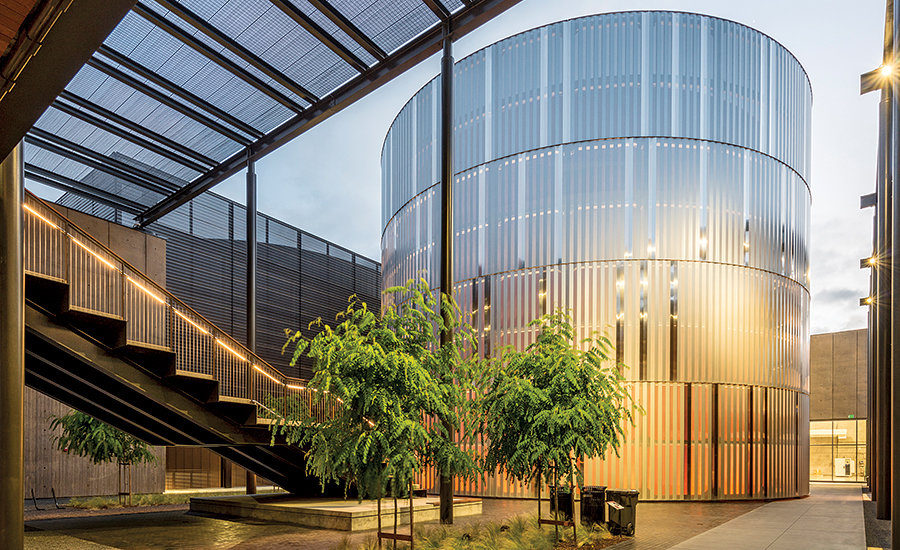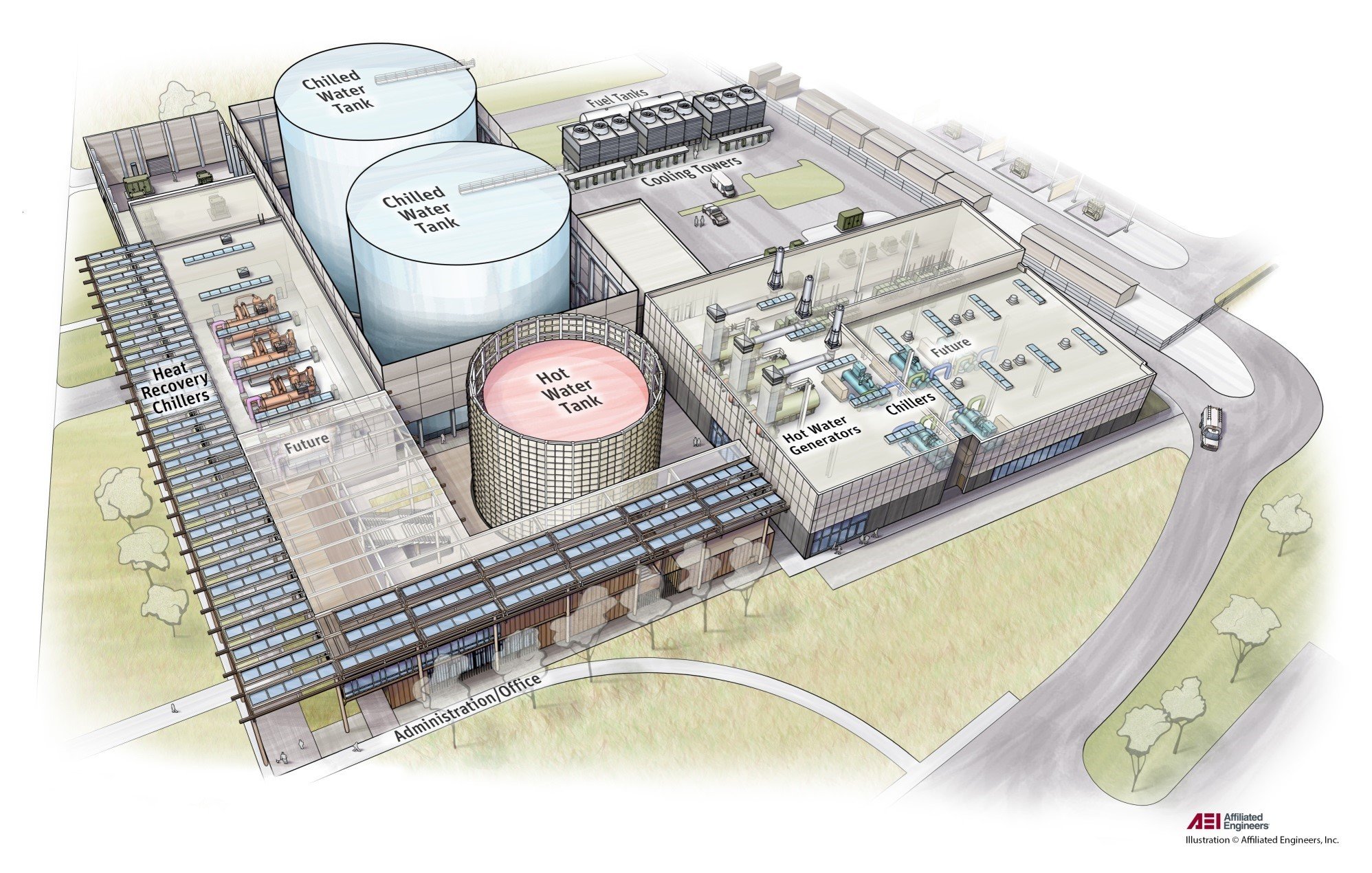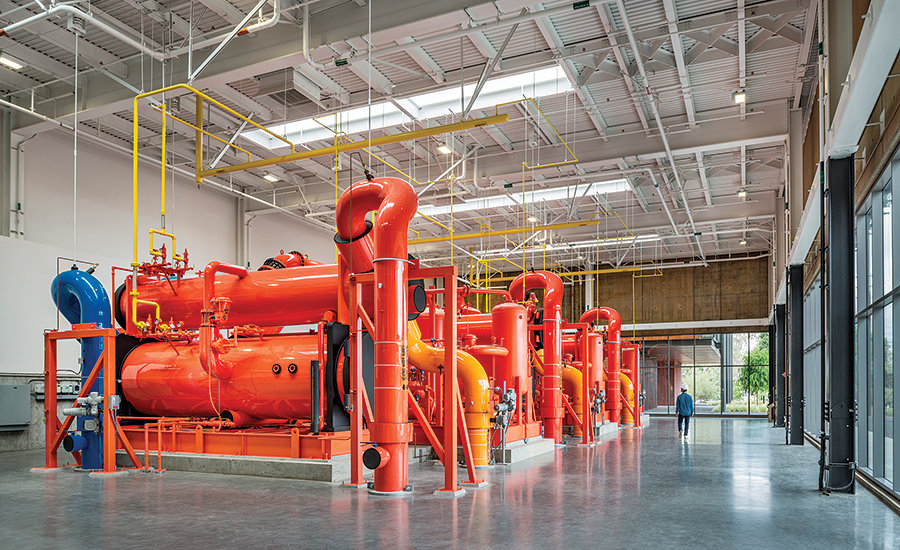SESI encompasses the best of both North American and European district heating and cooling system advancements, with engineers, manufacturers, and constructors from both continents collaborating to develop this state-of-the-art transformation of Stanford into one of the most efficient district energy systems in the world. Aside from extremely efficient operations, sustainability features are incorporated throughout the Central Energy Facility (CEF) so that it can serve as an example for generations to come.
Situated on 8,180 acres, Stanford University requires a significant amount of energy to support its academic mission and the research functions housed within more than 1,000 campus buildings. Efficiently managing energy supply and demand, as well as the corresponding greenhouse gas (GHG) emissions, is critical to the university’s future.
Making Headlines

Stanford Energy System Innovations, or SESI, represents one of the most comprehensive and cutting-edge energy supply transformations on a campus of this size in the world, and serves as the foundation for how the campus operates today. This new system, along with Stanford’s solar power procurement, has reduced campus emissions by 80% from peak levels, and in its first year of operation, it saved 18% of campus potable water.
Renewable Energy
The use of clean energy is one of the three primary components of Stanford's Energy and Climate Action Plan. Because SESI relies on electricity more than natural gas to power heating and cooling systems, Stanford has been able to take a significant step towards transitioning away from fossil fuels to a more efficient system that relies on renewables.


The History & Transformation of SESI
Since the school was founded in 1891, utility management for the majority of campus buildings has been overseen by skilled teams of university staff. Stanford’s latest energy supply transformation advanced the campus Energy & Climate Action Plan, accelerating the path to net zero emissions by 2050. SESI serves as an operational sustainability model for other campuses, organizations, and cities.
Our Story

